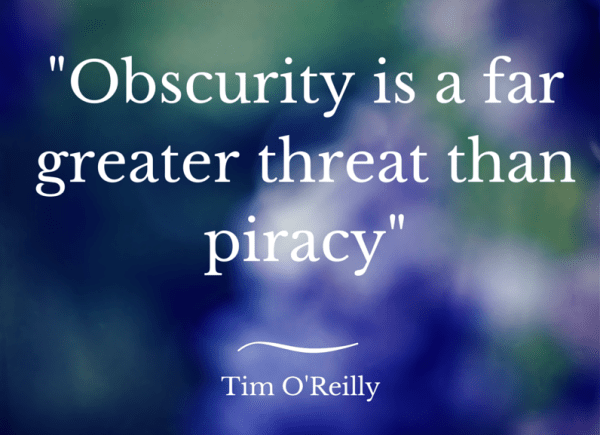Hey there lovely readers!
I just wanted to let you know that I’m taking a short break from the blog to get some important work done on my PhD thesis.
I’ll be back in a few weeks with some great new content. If you want to be alerted when I’m back, subscribe by email (on the right) or like Navigate Create on Facebook for updates.
Thanks for your patience, and for reading this little blog of mine. I really do appreciate your support!
xox








